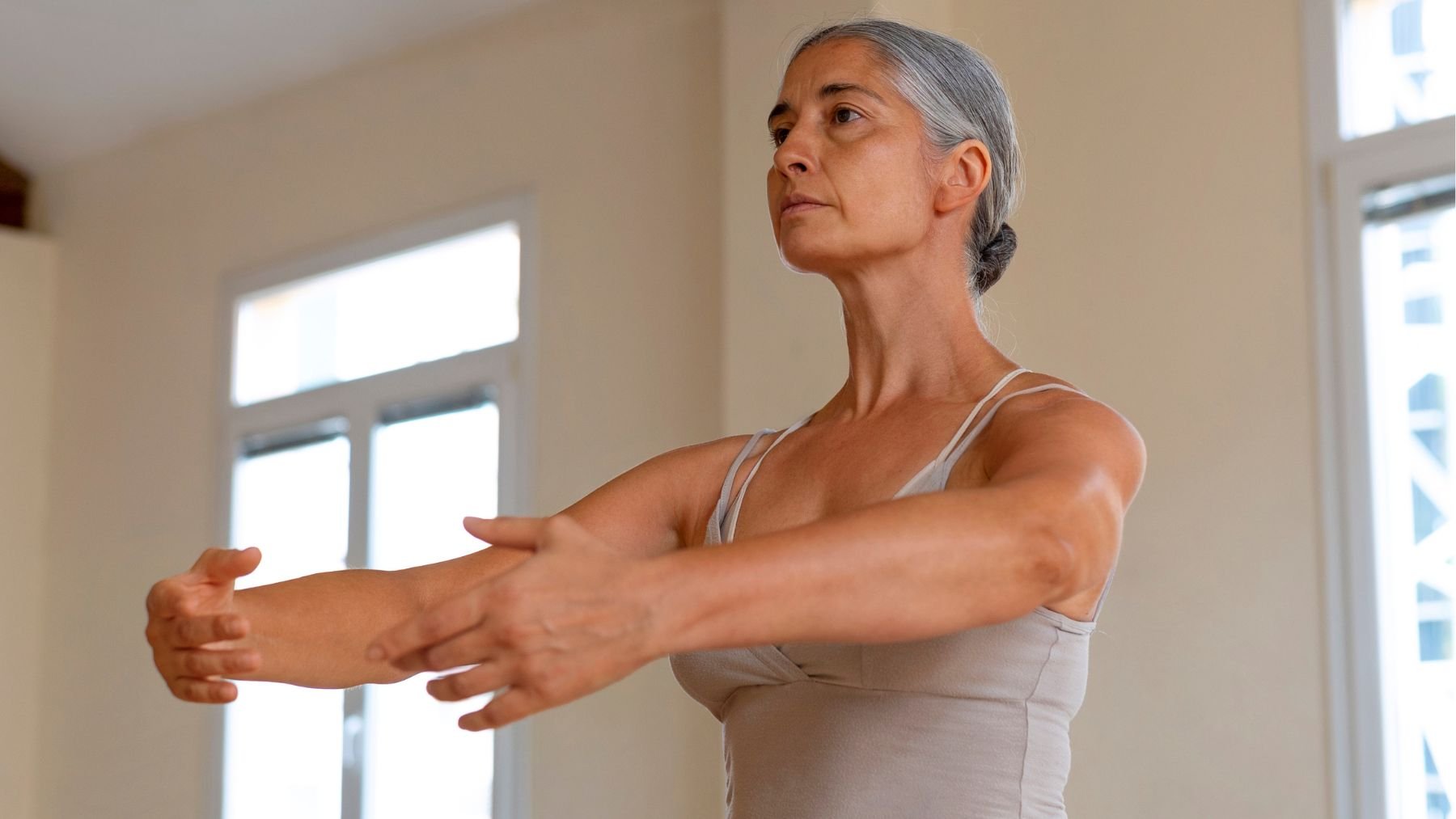If you’ve been diagnosed with osteoporosis, you may worry that exercise could lead to a fracture. According to experts at the Mayo Clinic, the right kind of physical activity can actually help protect your bones, not harm them. Movement strengthens muscles, improves balance, and supports the very structure that osteoporosis weakens.
Here, we’ll break down how exercise can make life with osteoporosis safer and more comfortable. The Mayo Clinic outlines specific types of exercise that support bone health and offers advice on how to stay active while avoiding injuries.
Staying active when you have osteoporosis
Osteoporosis causes bones to lose density and become fragile, raising the risk of fractures in areas like the hips, spine, and wrists. Staying physically active is one of the best ways to prevent further bone loss and maintain independence. Mayo Clinic specialists say the key is choosing exercises that build strength and stability without putting stress on weakened bones.
Strength training is one of the top recommendations. Using free weights, resistance bands, or your own body weight can help increase muscle tone and improve posture, especially in the upper back. Strong muscles support the skeleton and reduce pressure on fragile areas. A physical therapist or trainer with experience in osteoporosis can help design a routine that’s safe and effective.
Weight-bearing aerobic exercise is another major category. These are activities done on your feet—like walking, dancing, or using an elliptical machine—that force the bones in your legs, hips, and spine to carry your body weight. This pressure encourages the bones to rebuild and stay strong. Gardening and stair climbing count too, proving that even everyday activities can contribute to better bone health.
Flexibility and balance exercises round out the plan. Stretching improves joint movement and reduces stiffness, while balance training, such as tai chi or standing on one leg, helps prevent falls—a leading cause of fractures among older adults.
That said, not every exercise is safe for someone with osteoporosis. High-impact movements like jumping or running can increase the risk of fractures. So can twisting or bending at the waist, such as in sit-ups or toe-touching stretches. It’s better to focus on controlled, steady motions rather than jerky or sudden movements.
How to exercise safely with osteoporosis
Once you’ve cleared your plan with your healthcare provider, take small, consistent steps to stay active without putting too much strain on your bones. Here’s how to make your workouts safer and more effective:
- Go slow at first. Begin with short sessions of walking or gentle strength work. Gradually increase intensity as your strength and balance improve.
- Warm up before stretching. Muscles stretch better when they’re warm. Try a 10-minute walk or light marching before flexibility exercises.
- Avoid forward bends or twists. These motions put stress on the spine. Focus instead on upright movements that keep your back straight.
- Incorporate balance work. Simple exercises like heel-to-toe walking or standing on one foot can help with fall prevention.
- Listen to your body. Pain, dizziness, or fatigue are signs to stop and rest. Pushing too hard can raise your risk of injury.
Osteoporosis doesn’t mean giving up activity—it means adapting it. Safe, regular movement helps you stay stronger, steadier, and more confident. With the right plan, exercise becomes one of the best tools you have for protecting your bones and maintaining your independence.

